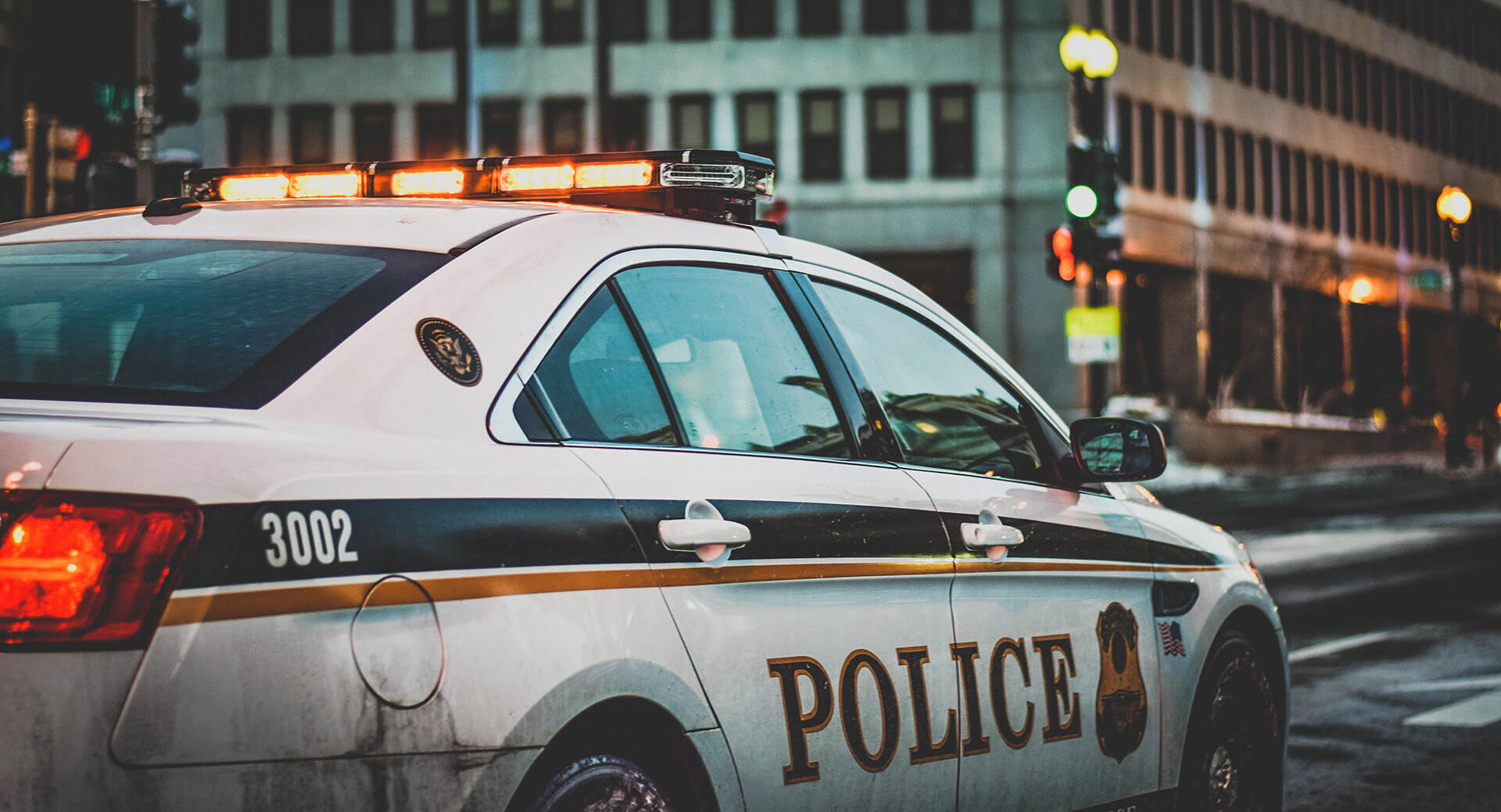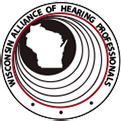Table of Contents
What is the Noise-induced hearing loss (NIHL)
Noise-induced hearing loss (NIHL) is sensory neural hearing loss due to exposure to intense impulse or continuous sound. Exposure to noise can be occupational or nonoccupational.
The audiologic profile of NIHL is the presence of sensorineural hearing loss that is most pronounced in the high-frequency region between 3,000 Hz and 6,000 Hz of the audiogram, and the greatest amount of hearing loss is typically around the 4,000-Hz region.
The World Health Organization (WHO) currently estimates that 250 million people worldwide have disabling hearing loss of moderate to profound severity.
Continue Reading: Understanding High and Low-Frequency Hearing Loss >
Causes of the Noise-Induced Hearing Loss in the Police Force
The main causes of hearing loss resulting in deafness in adults in the United States are:
Although occupational hearing loss is a well-recognized occupational condition arising from industries or occupations with exposure to high noise levels (e.g., airline crew), it has not been fully evaluated in occupations where the risk is not so overt, such as the police force.
Police officers are potentially exposed to multiple sources of noise, including vehicle horns, gunfire, barking from police dogs, and traffic noise.
Specifically for police motorcyclists, the noise exposure can range from 63 dBA to 90 dBA, and up to 105 dBA on open roads. [3]
Continue Reading: Occupational Noise Exposure >
Noise-Induced Hearing Loss in the Police Force
When people think of a work-related injury, they think of an injury that requires a cast, brace, or crutches. What about an injury that isn’t visible, yet affects how you communicate?
There are a number of jobs that produce “hazard noise,” meaning the noise produces enough decibels to cause damage to the inner ear in one or both ears resulting in permanent hearing loss.
The National Institute of Occupational Safety and Health (NIOSH), and the Occupational Safety and Health Administration (OSHA) have guidelines for the level and amount of exposure to loud noises in the workplace. For NIOSH, 85 decibels is the standard for a regular workday.
Occupational Safety and Health Administration allows for 90 decibels for a regular workday and 100 decibels for 2-hours. There are a number of jobs that have constant exposure to loud noises, such as:
- Police Officer
- Firefighter
- Construction Worker
- Paramedics & EMTs
- Airline Workers
- Machinists
This is the threshold at which the unprotected ear could sustain hearing impairment over time if prolonged/repeated exposure occurs. [2]
Any measurement that was noted over 85 dBA is considered dangerous and leaves a notable impact on your ability to hear.
Continue Reading: About Hearing Loss >
Area/Equipment |
dBA Level |
Notes/Remarks |
| Squad Unit #11 SUV | 65 | Driving windows closed – no siren |
| Squad Unit #11 SUV | 79 | Driving 50 MPH windows closed siren operating-driver position |
| Squad Unit #11 SUV | 92 | Driving 50 MPH windows down siren operating-driver position |
| Squad Unit #1 | 86 | Stationary driver window open 2-inches, Passenger window open 6-inches |
| Squad Unit #1 | 85 | Stationary driver window open 2-inches, Passenger window open 6-inches |
| Shooter | 149 | Indoor Range (4-5 shooters various calibers) |
| Range Master | 149 | Indoor Range (4-5 shooters various calibers) |
Case of Jared Spangler – the police officer who gets a new chance at workers’ comp
Jared Spangler worked as a Henderson police officer for more than a decade and claims he suffered hearing loss from sirens, gunshots, and his radio earpiece. He wore hearing aids to court on Tuesday.
His attorney said during Tuesday’s arguments that Spangler filed a workers’ compensation claim in 2006 that was denied after doctors said his hearing loss was not caused or aggravated by his work.
Spangler filed a second claim 10 years later after his hearing loss worsened, Anderson said, at which time an audiologist said repeated exposure to loud noises at work had caused the damage to his ears.
“This is not your typical repetitive injury, but it is something that he is occasionally incurring as he’s doing his job,” the attorney said. “It’s a big thing. It’s not just something that creeps upon him.”
His claim was denied again, but Spangler chose to appeal the decision. Clark County District Judge was determined that Spangler’s hearing loss was caused by “a series of discrete accidents” that compounded over time.
After a petition from the city of Henderson, the case ended up with the Court of Appeals which means that one of the parties is requesting that the decision in the case be looked at again by a higher court.
Continue Reading: Average Hearing Loss Claim in the USA >
Good to know
Noise-Induced Hearing Loss (NIHL) is an incurable but preventable occupational condition. Aging, longer duration of service, and the presence of hypertension are also significant associated factors.
Preventative strategies such as the adequate provision of a hearing protective device, regular education and training for the employer and employees, implementation of a hearing conservation program at the workplace, and regular health surveillance (audiometry) for police personnel with exposure to excessive noise, can help address the problem.
If you worked in the police force, and recognize some of the symptoms mentioned above in the text, feel free to contact Johnson Law Offices to get a free consultation and to get a new chance for getting a claim and your rights!
Continue Reading: Workers Compensation Lawyer – All About >
Sources
- https://scholar.google.com/Prevalence+and+characteristics+of+persons+with+hearing+trouble:+United+States
- http://www.cvmic.com/hearing-loss-in-law-enforcement-is-it-real-2/
- https://scholar.google.com/Noise+exposure+of+motorcyclists
- https://www.businessinsurance.com/article/Nevada-police-officer-hearing-loss-may-be-compensable-City-of-Henderson-v-Spang
Contact Us
If you, or anyone you know, worked in noise and suffers from hearing loss, please do not hesitate to contact us.
Contact Us


